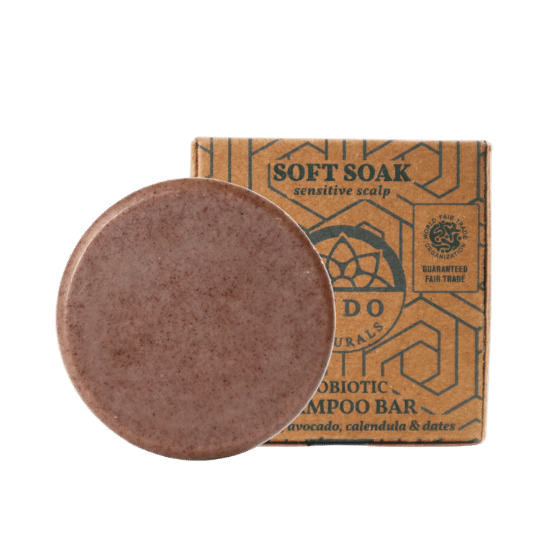Co2: what we do to minimize and neutralize our footprint
- Indo Naturals
- Aug 10, 2021
- 3 min read
Updated: Sep 16, 2021
Carbon is essential for life on earth, but overuse has caused a catastrophic imbalance.
We work continuously to minimize the CO2 footprint of our operations. We estimate the CO2 footprint of our whole supply chain and compensate for what we currently cannot avoid. This way, our products are associated with lower CO2 emissions than the alternative plastic products on the market.
Being zero CO2 is impossible, but there is a lot that can be done to reduce CO2 emissions. We strive to minimize our Co2 emissions and continuously find ways to do so. Transportation on seas rather than airfare makes a big difference, however, raw materials choices and production methods are most often far more important than transportation in terms of reducing Co2 emissions.
Let's start from the beginning. With the raw materials, we use in our products.
The raw materials
At the beginning of each product, we develop we evaluate the footprint of the main raw materials. The CO2 footprint is part of this evaluation. Next to this, we have a raw material sourcing policy favoring raw materials that are local to the production itself. Our products are mainly made in the same areas where the main raw materials grow naturally. This means very little raw material transport, compared to products that are made somewhere other than where the raw materials grow, and often are transported between several stages over long distances before it reaches production. In addition to the low CO2 footprint associated with raw material transport, production close to the raw materials also leads to more transparency and fairer trade as the production contributes to greater value creation in the areas. This is an important part of reducing poverty and inequality. Read more about that here.
Production
The next step is production. We work mainly with production units that use methods where little carbon energy is required. This includes handmade, traditional methods, or the use of renewable energy. Part of the standards for being a World Fair Trade member is to work actively to reduce the use of energy, CO2, and water.
The products
When developing products environmental impact is essential in the design. This can be seen in the way the product is made, what raw material is used, or the qualities of the product, such as long-lasting and durable properties. Our products are 100% plastic-free and have little packaging in general. As plastics are most often made with petroleum through processes that also in themselves emit a lot of CO2[linkj], avoiding plastics also reduces CO2 emissions. Read more about that here. In addition, our products significantly reduce the need for waste transportation, sorting, and handling since they can be reused, recycled easily, or composted. Less garbage out of the home means less Co2 emissions from handling this.
Transportation
The transport of the finished products is often seen as the major Co2 emitter. This is often over-exaggerated. As long as products are shipped on seas, the Co2 emissions of each product are often much more dependent on the choice of raw materials and production method. The major Co2 emissions linked to transportation are often linked to the last kilometers, in the cases when the product is delivered home to the buyer's door. We have set up a supply chain that allows for sea transport. And with the hub, we have built up in rural India near the port of Mumbai we can consolidate the goods, pack them in one place and ship them jointly by sea freight. In this way, we reduce large amounts of CO2 emissions associated with packaging and transportation.

Co2 neutralization
One day we might be able to emit no more Co2 than what the cultivation of our raw materials emits, but before that, we neutralize all our Co2 that we can not avoid the current solutions available. The Co2 is neutralized in a way that cohorts well with our model. In a partnership with marginalized rural farmers, we plant fruit trees that contribute to their livelihoods. The farmers are supported in taking care of the trees and when they start giving fruit, the farmers harvest this for their livelihood. We keep track of all our Co2 emissions through our Co2 estimator, and we even out the yearly Co2 neutralization on the lifespan of the trees planted.
Transparency
The next time you buy a product, try to think about where the raw materials come from and the process around the waste after the product is used. Even though we do not know where the shampoo plastic bottle in the store was filled or where these chemicals were made, it does not mean that they are made locally. Praise companies that are open, and do not let those who hide information about their emissions be favored!





























